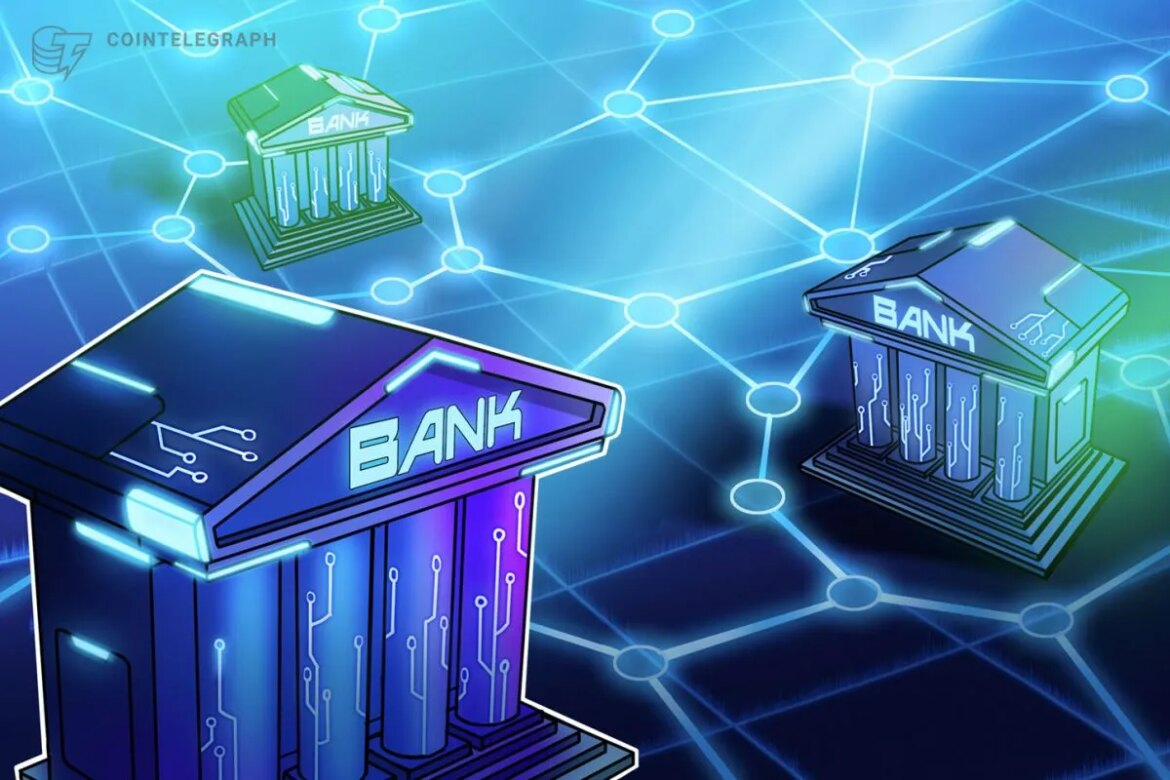Decentralized Payment Network
A decentralized payment network is a system for securely transferring money or assets from one party to another without the need for a central authority. This type of network has become increasingly popular over the past few years because it offers users greater control and privacy when sending payments. By removing the need for an intermediary, transfers can be made quickly and directly between two parties, with no third-party involvement. Furthermore, these networks operate on distributed ledger technology (DLT), which allows transactions to be verified and stored in a secure digital ledger that is accessible to all participants in the network.
The most well-known example of a decentralized payment network is Bitcoin, which was created by Satoshi Nakamoto in 2009 as an open-source software project. Bitcoin’s success has led to numerous other projects launching their own versions of DLT-based payment systems such as Ethereum and Ripple XRP. All these networks are based on the same underlying principles: consensus protocols that allow all nodes in the system to agree upon changes or additions; public/private key cryptography used for authentication; decentralization so that no single point of failure exists; and trustless architecture where no third party needs to verify transactions as they happen on peer-to-peer basis instead.
Decentralized payment networks offer several advantages over traditional banking systems including lower transaction fees, faster processing times, increased security through distributed computing power rather than relying on centralized servers, and less exposure to fraud due to its trustless design. Additionally, many of these networks have built innovative features into their platforms such as smart contracts which allow users more flexibility when creating automated agreements among themselves without relying on intermediaries like lawyers or banks. Finally, since there isn’t any reliance upon physical infrastructure like ATMs or bank branches – making them more accessible than ever before – they provide access financial services across geographic boundaries regardless if you’re located in New York City or rural India!
Overall decentralized payment networks have been gaining traction due both consumer demand for alternative financial solutions outside of traditional banking institutions but also due technological advances allowing developers create powerful new applications atop this revolutionary platform!


